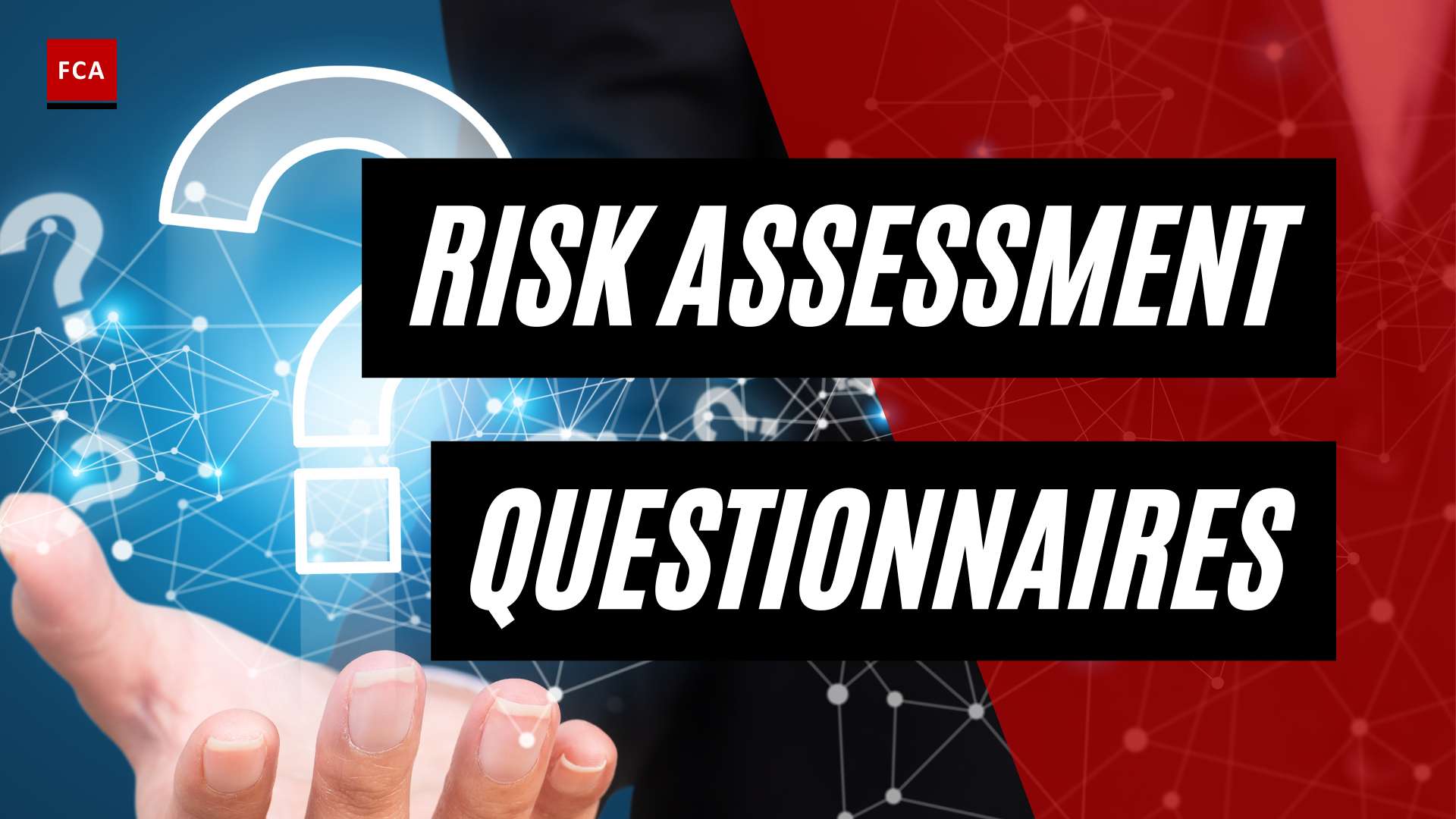When it comes to regulatory and criminal contexts, money laundering and fraud are mostly related. The closeness between these two can be explained by the responsibilities of anti-fraud and AML employees as they collide. However, while the fraud departments and anti-money laundering may be operating relatively but individually from each other which is because of different objectives.
Keeping in mind the damages done by money laundering and fraud, financial institutions must make sure to work in a coordinative way to prevent such activities from happening. They can do so by putting in combined efforts of AML and anti-fraud duties to protect their businesses against other consequences.
Table of Contents
Key Elements
- In order to fight problems like money laundering and fraud, AML and anti-fraud employees need to unite their responsibilities and work in a coordinated way.
- By working together to combat crimes like money laundering and fraud, firms are creating a protected environment for their clients and customers.
- Coordinating AML and anti-fraud measures is a great strategy to unite together and fight financial crimes.
Defining AML And Anti-Fraud
Money laundering and fraud are financial crimes that have existed for a long time and continue to do so. Talking about fraud, it is a crime that is the predicate for money laundering. This is because it includes deception or betrayal to create illegal procedures which are to be concealed by laundering from what they truly are – a crime and in this way, are fed into the authentic financial system. When it comes to anti-fraud departments and AML, they make sure to use the same parameters and detection tools while carrying out their respective responsibilities and investigations. These include:
- Monitoring software and transactional data
- Information of customer and account
- Watch lists
- Definitions of peer group
However, although AML and anti-fraud departments are using similar functions to expose crime and prevent it, their methods differ from each other. While the function of fraud departments is to address the criminal activity going on directly to protect the organizations from going through heavy financial losses, the focus of anti-money laundering departments on the other hand is to implement regulatory compliance and their responsibility to make sure that the financial system is protected. The difference between the two is that AML does not focus on benefitting an organization financially.
Talking about an elaborated difference between AML and anti-fraud departments, we can say that their commercial behaviors and central cultures differ from each other as well. Anti-fraud departments can be considered as a cost-effective method that firms use because the impact it has can be stated easily in financial terms such as preventing fraud and protecting the profits of a firm. On the contrary, the purpose of AML is to make sure that the whole financial situation is running smoothly instead of focusing on just one firm. The sole purpose of AML is to make sure that the financial system is secure against financial crimes and detect money laundering red flags.

Connecting Fraud and Money Laundering
The natural link between money laundering and fraud can enlighten the procedure a firm uses to prevent and detect financial crimes. If fraudulent activity is going on from the side of a customer then the fraud department has to make sure that they have checked whether the check or funds the customer is depositing are real or not. And they also need to make sure that there are no risks at the end of the firm that could cause any sort of financial loss. This procedure involves requesting the required information from any financial institution or customer.
Working Together
Many firms unite against financial crimes by coordinating their methods of anti-fraud and AML. By working together to fight these crimes, both the departments will be able to get a comprehensive view of the criminal threats that they are facing and make sure to rationalize the compliance response that they are getting overall. Although there are many benefits of combined efforts when it comes to AML and anti-fraud departments working together to detect money laundering red flags, it must be understood that this procedure should be carried out carefully. It depends on the firms how they want to combine AML and anti-fraud departments. They can do it as a single process or in the form of collaboration.
Summary
From the above discussion, we can conclude that both AML and anti-fraud departments have important roles to play in society but when their responsibilities and efforts are combined in financial institutions, it will make way for a smoother application of AML laws, rules, and regulations. Businesses and firms will feel protected and their customers and clients will feel the same as they will be aware of the protective measures being taken against financial crimes that are going on in the world.








